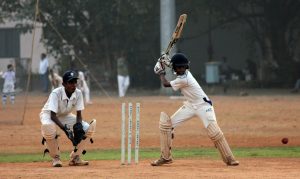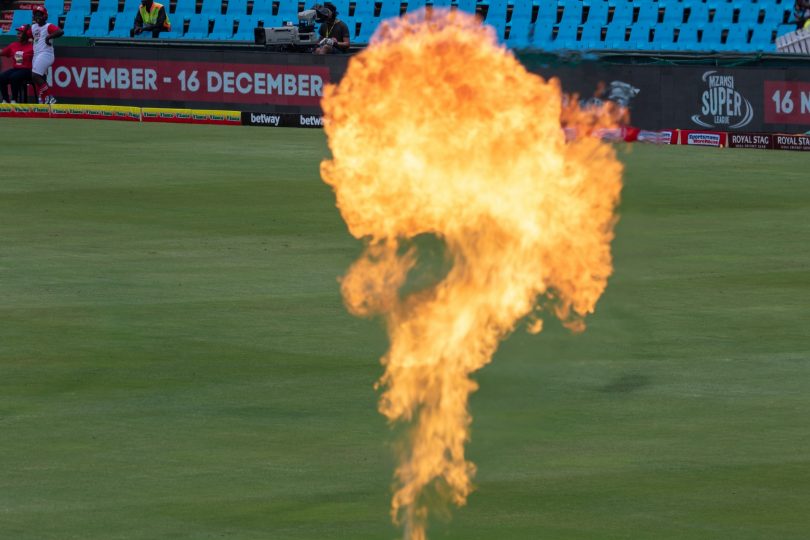Hit for Six: The Impact of Climate Change on Cricket was released this month, with the cross-university report detailing the effect that climate change is already having on the sport as well as recommendations for dealing with and mitigating the impacts.
The report outlined climate change as already having a major impact on cricket globally, with its effects being felt in a number of different ways in different regions globally. The report attributed drought, extreme heat and catastrophic weather events to climate change, noting they are already having a crippling impact on the sport.
Extreme heat, particularly prevalent in Australia and the subcontinental countries of India, Bangladesh and Sri Lanka, is the most pressing concern as it impacts on players’ ability to perform. The report notes several examples; recounting how Matt Prior once lost 4.5 kilograms of body weight while batting for one session (two hours) during a match in Sri Lanka, Joe Root retiring due to being physically unable to bat in 43.7 degree temperatures in Australia, Matthew Wade and Hilton Cartwright requiring on-field medical attention while playing in India, as well as players being unable to play at all in the West Indies due to the effects of Hurricane Maria.
The report has made recommendations to improve conditions for players, these include postponing games, allowing players to wear shorts in certain conditions, increasing the number of drinks breaks and providing better facilities for helping players to cool down.

Grassroots cricketers play in difficult conditions.
It was also suggested that cricket’s governing bodies should consider extending the length of overseas tours, in order for players to better acclimatise to conditions. Better facilities that enable players to improve their resilience in harsh weather were also recommended. England cricketer Liam Plunkett described his own preparation for playing in the West Indies for the first time.
“When I was young I had to acclimatise to my first West Indies tour by running through thick sand at the hottest point in the day to replicate what it feels like when all your energy has gone,” Plunkett said.
The report notes however, that while the elite level of the sport is more well-equipped to deal with these issues, grassroots cricket lacks the same funding and facilities. Moreover, the report adds that younger people have a lower tolerance for extreme heat as they are not able to regulate body temperature as effectively as adults. Things are even worse for batsmen and wicketkeepers whose ability to regulate body temperature is impeded by protective gear.
The Hit for Six report also noted political ramifications of climate change and air pollution as other key issues.






